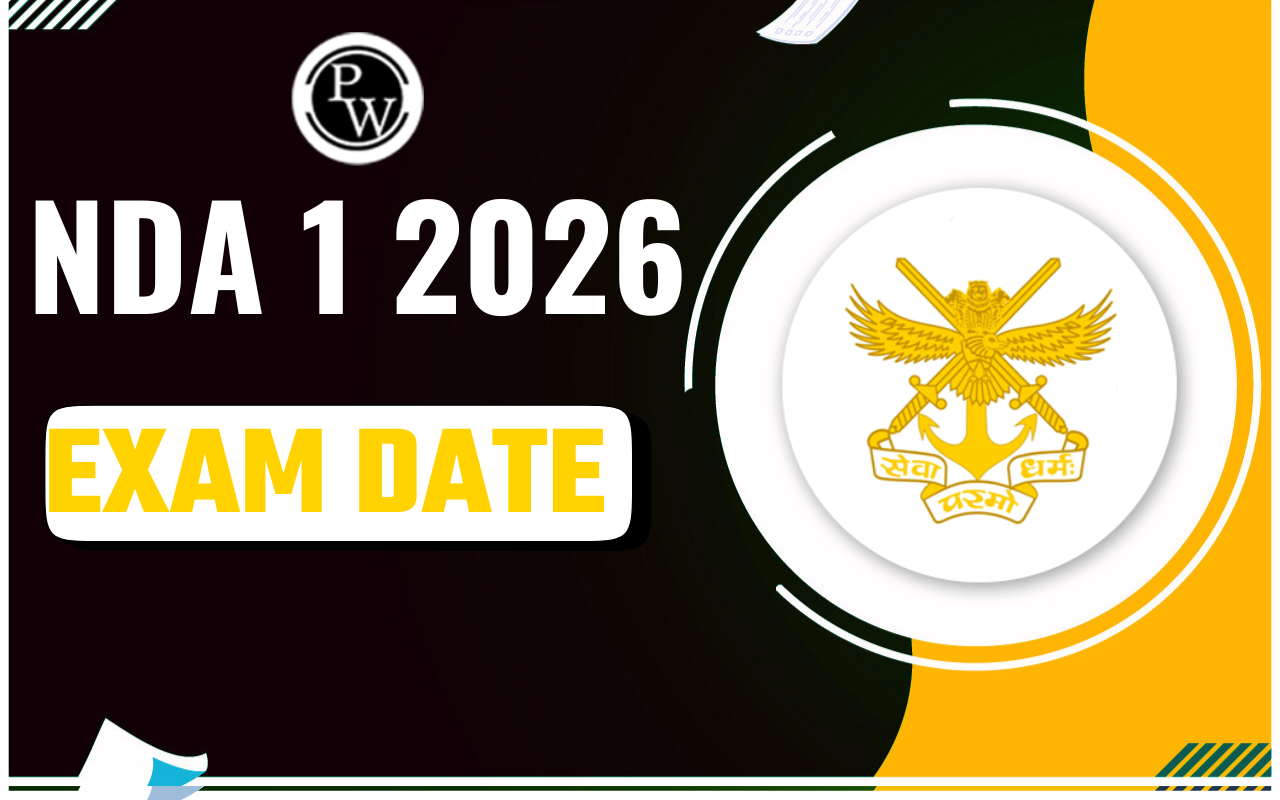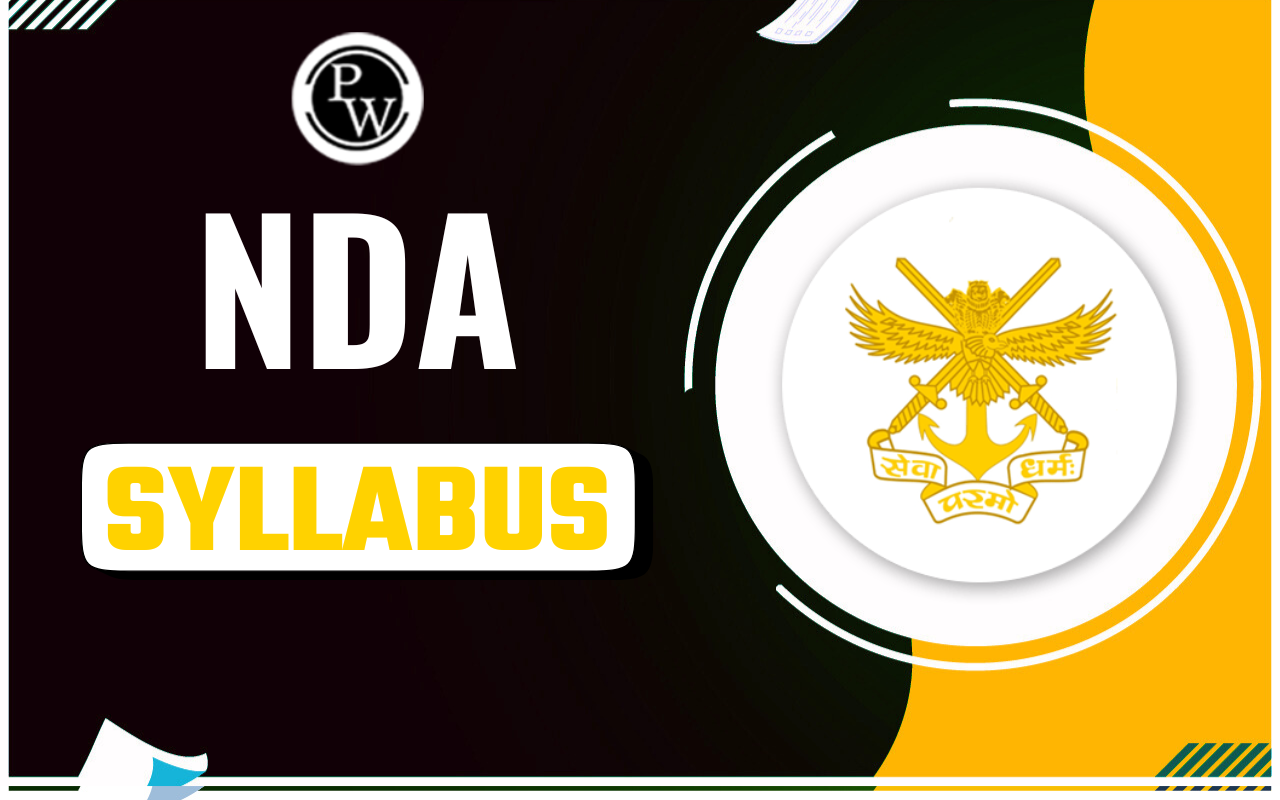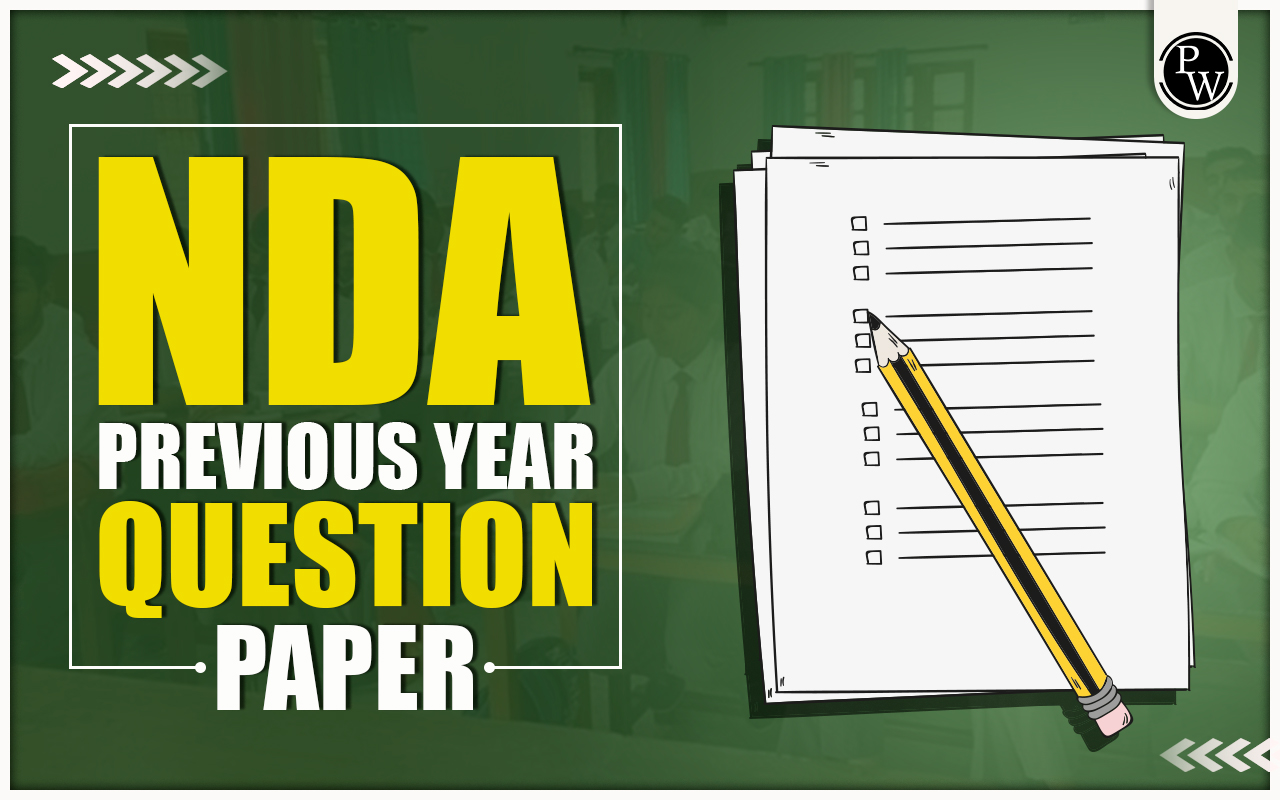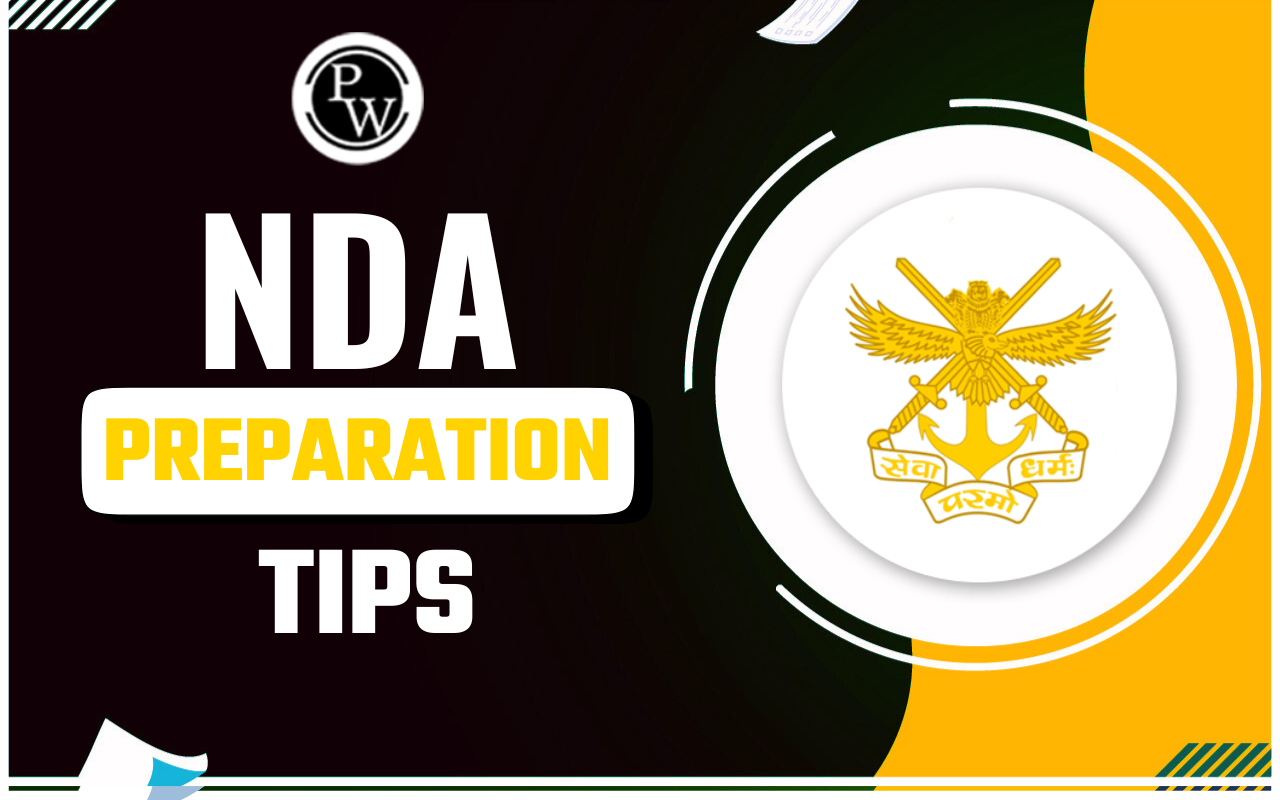
Top 10 Strongest Military in the World: The Top 10 Strongest Armies in the World, based on their powerful military, have a significant global impact due to their excellent defence systems, strong armed forces, and latest technology. Their strong militaries are crucial for how countries interact with each other and plan for global security. The list of the top 10 armies in the world is discussed below, along with the position of India in terms of Military Strength.
Top 10 Strongest Armies in the World
The top 10 armies in the world in 2025 are defined not just by their size, but by their advanced technology, strategic influence, and highly trained personnel. These nations have modernised defence systems, cutting-edge weaponry, and an exceptional readiness to respond to any global threat.
When we look at the top 10 powerful countries in the world by military, factors like cyber warfare capabilities, space command units, and global defence infrastructure play a critical role. Their dominance is further strengthened by strategic alliances, overseas bases, and skilled military personnel, ensuring a strong global presence.
Among these, the top 5 strongest armies in the world stand out for their efficiency, innovation, and ability to project power worldwide. Similarly, the top 5 military in the world consistently invest in modernisation, training, and strategic deterrence mechanisms to maintain supremacy in international security.
Overall, these top 10 armies in the world showcase a blend of size, technology, and strategy, making them formidable forces capable of shaping global defence dynamics in 2025. Let us understand the top 10 armies in the world given below:
| Top 10 Strongest Armies in the World 2025 | |||||
|
Rank |
Country |
Power Index |
Active Military Personnel |
Total Military Personnel (Including Reserves & Paramilitary) |
Military Spending (USD) |
|
1 |
United States |
0.0744 |
Approximately 1,328,000 |
Approximately 2,127,000 |
Approximately $895 billion |
|
2 |
Russia |
0.0788 |
Approximately 1,320,000 |
Approximately 2,035,000 |
Approximately $126 billion |
|
3 |
China |
0.0788 |
Approximately 2,000,000 |
Around 3,045,000 |
Approximately $266.85 billion |
|
4 |
India |
0.1184 |
1,455,550 |
Approximately 5,137,000 (including 1,155,000 reserves and 2,527,000 paramilitary) |
Approximately $75 billion |
|
5 |
South Korea |
0.1656 |
Around 600,000 |
Around 3.8 million |
Approximately $50 billion |
|
6 |
United Kingdom |
0.1785 |
Approximately 144,400 |
About 215,050 (including 70,650 reserves) |
Approximately $71.5 billion |
|
7 |
France |
0.1878 |
Approximately 270,000 |
About 474,750 (including 63,700 reserves and 141,050 paramilitary) |
$63.7 billion |
|
8 |
Japan |
0.1839 |
Approximately 247,000 |
About 317,600 (including 55,900 reserves) |
Approximately $57 billion |
|
9 |
Turkiye |
0.1902 |
Approximately 355,200 |
About 890,700 (including 378,700 reserves) |
Approximately $20 billion |
|
10 |
Italy |
0.2164 |
Approximately 165,500 |
About 359,550 (including 18,300 reserves) |
Approximately $30 billion |
Top 10 Strongest Militaries of the World 2025
Let us now analyse the Military Strength of each country to understand the Military Strength Ranking in a better way -
1. United States Military Strength 2025

The strongest army in the world in 2025 remains the United States, holding the top position with a Power Index score of 0.0744. Its dominance is supported by advanced technology, a massive defence budget, and highly trained personnel, making it the most powerful military in the world.
United States – World’s Best Army
-
Total Military Personnel: Approximately 2,127,500 (1,328,000 active-duty and 799,500 reserves)
-
Defence Budget: Around $895 billion in 2025, far surpassing any other nation
-
Airpower Strength: 13,043 aircraft, including advanced fighter jets like the F-22 Raptor and F-35 Lightning II
-
Land Forces: 8,000 tanks, 41,000 armoured vehicles, 1,200 self-propelled artillery units, 1,500 rocket projectors
-
Naval Strength: 490 vessels, including 20 aircraft carriers, 60 destroyers, and 70 submarine
-
Strategic Capabilities: Largest nuclear arsenal in the world, advanced missile defence systems, and global strike capability
-
Technological Edge: Heavy investment in AI, cyber warfare, space command units, and a modernized nuclear triad
These factors make the U.S. the world’s best army, capable of global reach and rapid response in any conflict. Its combination of manpower, cutting-edge weaponry, and strategic assets ensures it remains the strongest army in the world by far.
This list showcases how modern military strength is measured not only by the number of soldiers but also by technology, nuclear capability, and strategic global presence, defining the top strongest armies in the world today.
2. Russia Military Power Highlights 2025

Russia holds the second position globally in terms of military strength, with a Power Index score of 0.0788. The Russian army rank in world standings reflects its formidable presence, advanced weaponry, and strategic capabilities, making it one of the most influential forces on the global stage.
-
Defence Budget: Approximately $126 billion in 2025, supporting modernization programs and advanced defence systems.
-
Total Military Personnel: Around 2,035,000, including 1,320,000 active-duty members and 715,000 reserves, forming one of the largest military forces worldwide.
-
Airpower Strength: Russia operates 4,000 military aircraft, including over 800 fighter jets, advanced bombers, reconnaissance planes, and 300 helicopters. Its Russian fighter jets Alaska deployment highlights the nation’s global air reach.
-
Land Forces: Equipped with 12,000 tanks, 30,000 armoured vehicles, 6,000 self-propelled artillery units, and 3,000 rocket projectors, Russia maintains a powerful ground force capable of large-scale operations.
-
Naval Strength: The Russian Navy includes 280 vessels, such as 1 aircraft carrier, 15 destroyers, and 60 submarines, allowing strategic maritime influence.
-
Strategic Capabilities: Russia maintains a vast nuclear arsenal with intercontinental ballistic missiles (ICBMs), hypersonic weapons, and nuclear-capable submarines, ensuring strong deterrence.
-
Technological Advancements: The Russian military continues to develop next-generation drones, hypersonic missiles, and advanced air defence systems, strengthening overall defence readiness.
Recent events like the Russia Ukraine war have tested and demonstrated the Russian military’s strategic planning, deployment capability, and operational resilience. Combined with its advanced technology and global reach, Russia remains a central figure in international security and military rankings.
3. China – Military Strength Highlights 2025

China ranks third globally with a Power Index score of 0.0788, reflecting its growing China military power and rapid technological advancements. As one of the leading nations in Asia-Pacific, China is emerging as a key contender among the most powerful countries in the world by military.
-
Defence Budget: Approximately $266.85 billion in 2025, making it the second-largest military spender globally.
-
Total Military Personnel: Around 2,035,000, including 1,600,000 active-duty members and 435,000 reserves, forming a massive and well-trained force.
-
Airpower Strength: China operates 3,060 aircraft, including 1,530 fighter jets, 568 attack aircraft, 307 transport planes, and 1,200 helicopters, ensuring formidable aerial capability.
-
Land Forces: Equipped with 5,250 tanks, 39,000 armoured vehicles, 2,400 self-propelled artillery units, and 1,300 rocket projectors, China maintains a dominant presence on land.
-
Naval Strength: The Chinese Navy consists of 777 vessels, including 2 aircraft carriers, 42 destroyers, and 79 submarines, reinforcing its regional influence across the Asia-Pacific and beyond.
-
Strategic Capabilities: China is expanding its nuclear arsenal and missile defence systems, with a strong focus on long-range and hypersonic missiles to strengthen strategic deterrence.
-
Technological Advancements: Significant investment in cyber warfare, artificial intelligence, and space technologies modernizes China’s military and enhances its capabilities for future conflicts.
With continuous expansion of its armed forces and strategic assets, China is positioning itself as a central military power in the Asia-Pacific region and remains a major player in determining the balance of global security.
4. India Military Ranking Highlights 2025
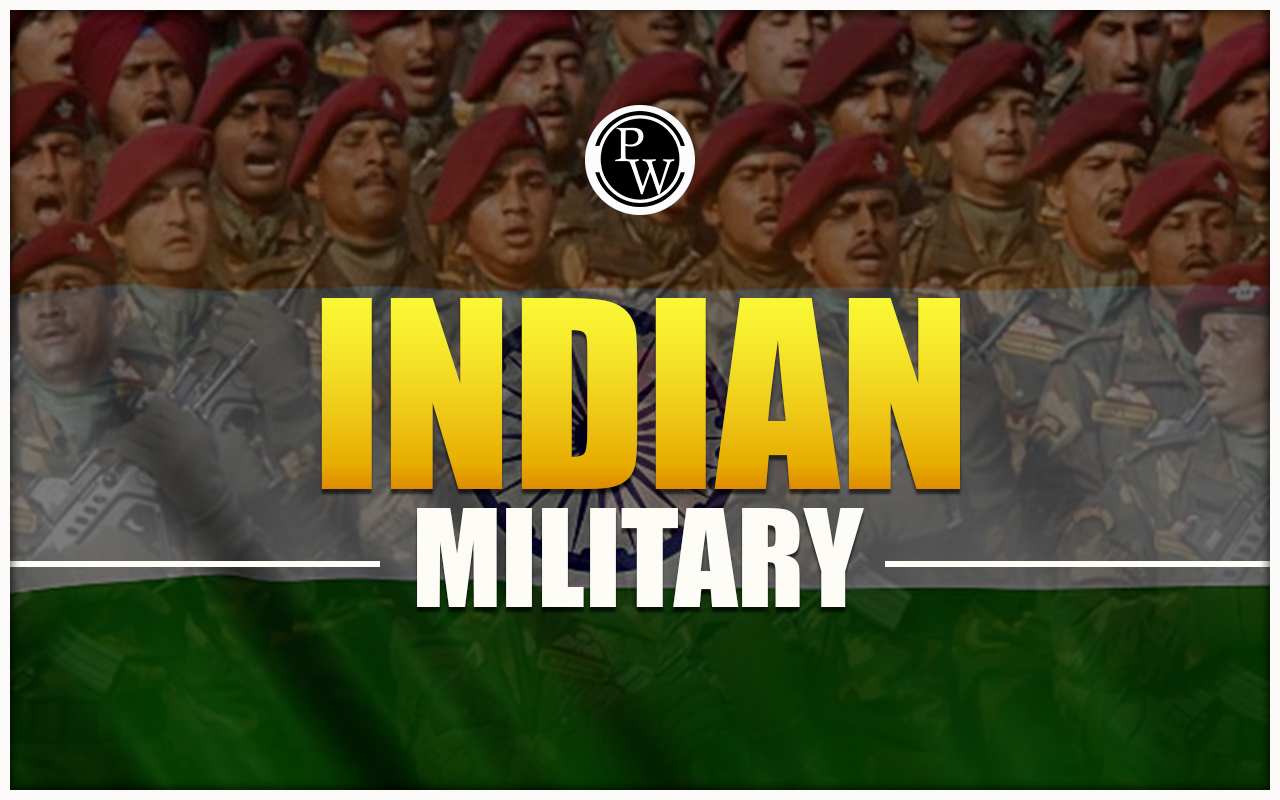
India ranks fourth globally with a Power Index score of 0.1184, reflecting its growing India military power ranking and expanding strategic capabilities. The Indian army rank in world showcases a large, modern, and well-trained force that plays a critical role in regional and international security.
-
Defence Budget: Approximately $75 billion in 2025, focusing on modernization programs, improving readiness, and enhancing indigenous defence technologies.
-
Total Military Personnel: Around 5,137,000 personnel, including 1,455,550 active-duty members, 2,500,000 reserves, and 250,000 paramilitary personnel, making it one of the largest armies in the world.
-
Airpower Strength: India operates 2,100 aircraft, including 650 fighter jets, 300 attack aircraft, 300 transport planes, and 600 helicopters, ensuring robust air defence and strike capability.
-
Land Forces: The Indian Army fields approximately 4,200 tanks, 22,000 armoured vehicles, 2,000 self-propelled artillery units, and 1,000 rocket projectors, maintaining a strong ground force.
-
Naval Strength: India commands 295 naval assets, including 1 aircraft carrier, 10 destroyers, and 15 submarines, securing maritime dominance in the Indian Ocean and beyond.
-
Strategic Capabilities: India maintains a credible nuclear arsenal, advanced missile defence systems, and long-range ballistic missiles for strategic deterrence.
-
Technological Advancements: Significant strides in indigenous defence technologies, including drones, fighter jets, and naval systems, enhance self-sufficiency and operational readiness.
With its large personnel base, growing technological edge, and active international operations, the Indian army continues to strengthen its global position and remains a vital player among the world’s top military powers.
5. South Korea – Military Strength Highlights 2025
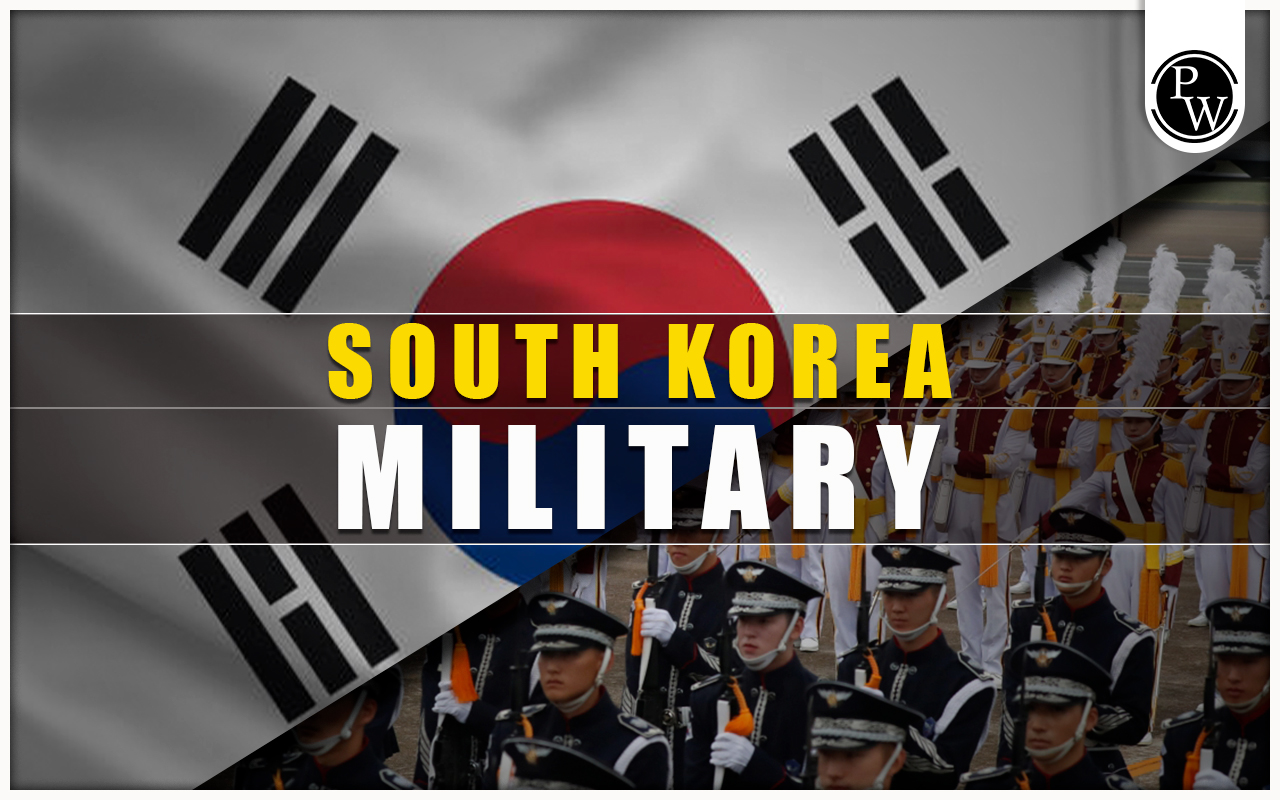
Global Rank and Power Index - South Korea ranks fifth globally with a Power Index score of 0.1656, reflecting its advanced military capabilities and strong defence posture.
Defence Budget - South Korea’s defence budget for 2025 is approximately $50 billion, focusing on bolstering its defence technology and preparedness for potential regional threats.
Total Military Personnel - The total military personnel in South Korea is around 3.8 million, including 600,000 active-duty soldiers and the remainder consisting of reserves and paramilitary forces.
Airpower Strength - South Korea operates 1,560 aircraft, including 400 fighter jets, 130 attack aircraft, and 190 helicopters, providing significant air superiority in the region.
Land Forces - South Korea fields 2,400 tanks, 13,000 armoured vehicles, 2,100 self-propelled artillery, and over 1,000 rocket projectors, supporting its highly capable ground forces.
Naval Strength - The South Korean Navy maintains 170 naval assets, including 12 destroyers, 13 submarines, and numerous smaller vessels, ensuring a strong presence in the region’s waters.
Strategic Capabilities - South Korea continues to develop its missile defence systems, including advanced anti-ballistic missile capabilities and a growing nuclear deterrent.
Technological Advancements - South Korea invests heavily in advanced military technologies, including cyber defence systems, unmanned systems, and cutting-edge radar technologies.
6. United Kingdom – Military Strength Highlights 2025
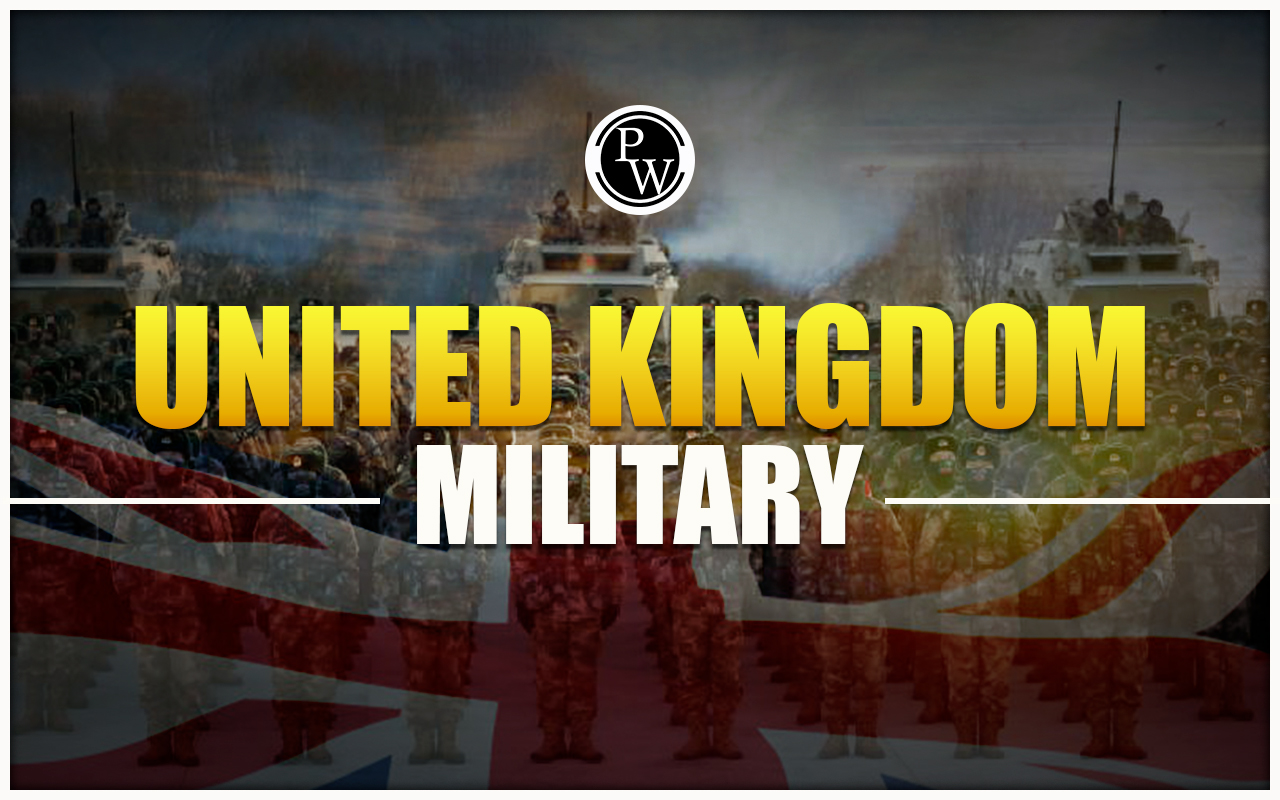
Global Rank and Power Index - The United Kingdom ranks sixth globally with a Power Index score of 0.1785, reflecting its advanced military capabilities and strong international influence.
Defence Budget - The UK's defence budget for 2025 is approximately $71.5 billion, supporting modernization initiatives and global defence commitments
Total Military Personnel - The UK’s total military personnel is around 470,000, including 144,400 active-duty members and a significant reserve force.
Airpower Strength - The Royal Air Force operates over 1,000 aircraft, including 100 fighter jets, 200 transport aircraft, and 100 helicopters, ensuring air superiority in various operational environments.
Land Forces - The UK Army fields approximately 250 tanks, 5,000 armored vehicles, and 300 self-propelled artillery, supported by a well-trained ground force capable of rapid deployment.
Naval Strength - The UK Navy includes 75 vessels, including 2 aircraft carriers, 6 destroyers, and 10 submarines, providing global maritime projection and power.
Strategic Capabilities - The UK is a nuclear-armed state with a modernized deterrent, including nuclear submarines and advanced missile systems, ensuring a strong defence posture.
Technological Advancements - The UK invests in cutting-edge defence technologies, including advanced fighter jets, cyber defence systems, and unmanned systems for intelligence gathering and combat.
Global Rank and Power Index - France ranks seventh globally with a Power Index score of 0.1878, indicating its significant military capabilities and regional influence.
Defence Budget - France’s defence budget for 2025 is approximately $63.7 billion, supporting military modernization and strategic operations worldwide.
7. France – Military Strength Highlights 2025
Total Military Personnel - France’s total military personnel number around 270,000, including active-duty members and reserves, supported by additional paramilitary forces.
Airpower Strength - The French Air Force operates 1,250 aircraft, including 400 fighter jets, 200 transport aircraft, and 150 helicopters, contributing to its ability to project power across Europe and beyond.
Land Forces - France fields about 450 tanks, 5,000 armoured vehicles, and 1,500 self-propelled artillery units, enabling robust ground combat capabilities.
Naval Strength - The French Navy operates 180 vessels, including 1 aircraft carrier, 10 destroyers, and 15 submarines, ensuring its ability to influence maritime operations globally.
Strategic Capabilities - France maintains a modern nuclear deterrent, including nuclear submarines and ICBMS, as well as missile defence systems to secure its interests.
Technological Advancements - France is investing in cutting-edge military technologies, including advanced drones, AI systems, and cyber defence, strengthening its technological edge in warfare.
8. Japan – Military Strength Highlights 2025
Global Rank and Power Index - Japan ranks eighth globally with a Power Index score of 0.1839, reflecting its advanced defence technologies and strategic positioning in Asia.
Defence Budget - Japan’s defence budget for 2025 is approximately $57 billion, focusing on modernizing its forces and increasing readiness to counter regional threats.
Total Military Personnel - Japan’s total military personnel numbers around 247,000, including active-duty members and a limited reserve force due to its pacifist constitution.
Airpower Strength - Japan operates 1,500 aircraft, including 350 fighter jets, 200 transport aircraft, and 150 helicopters, providing air dominance in the Pacific region.
Land Forces - Japan’s Ground Self-Defence Force fields 1,000 tanks, 5,000 armoured vehicles, and 200 self-propelled artillery, allowing for effective defensive and offensive capabilities.
Naval Strength - Japan’s Maritime Self-Defence Force commands 155 vessels, including 4 helicopter carriers, 8 destroyers, and 20 submarines, ensuring strong maritime security and power projection.
Strategic Capabilities - Japan’s defence focus includes advanced missile defence systems, ballistic missile interceptors, and the development of indigenous long-range strike capabilities.
Technological Advancements - Japan leads in developing high-tech military systems, including advanced radar, autonomous vehicles, and cutting-edge robotics for defence applications.
9. Turkey Military Status Highlights 2025
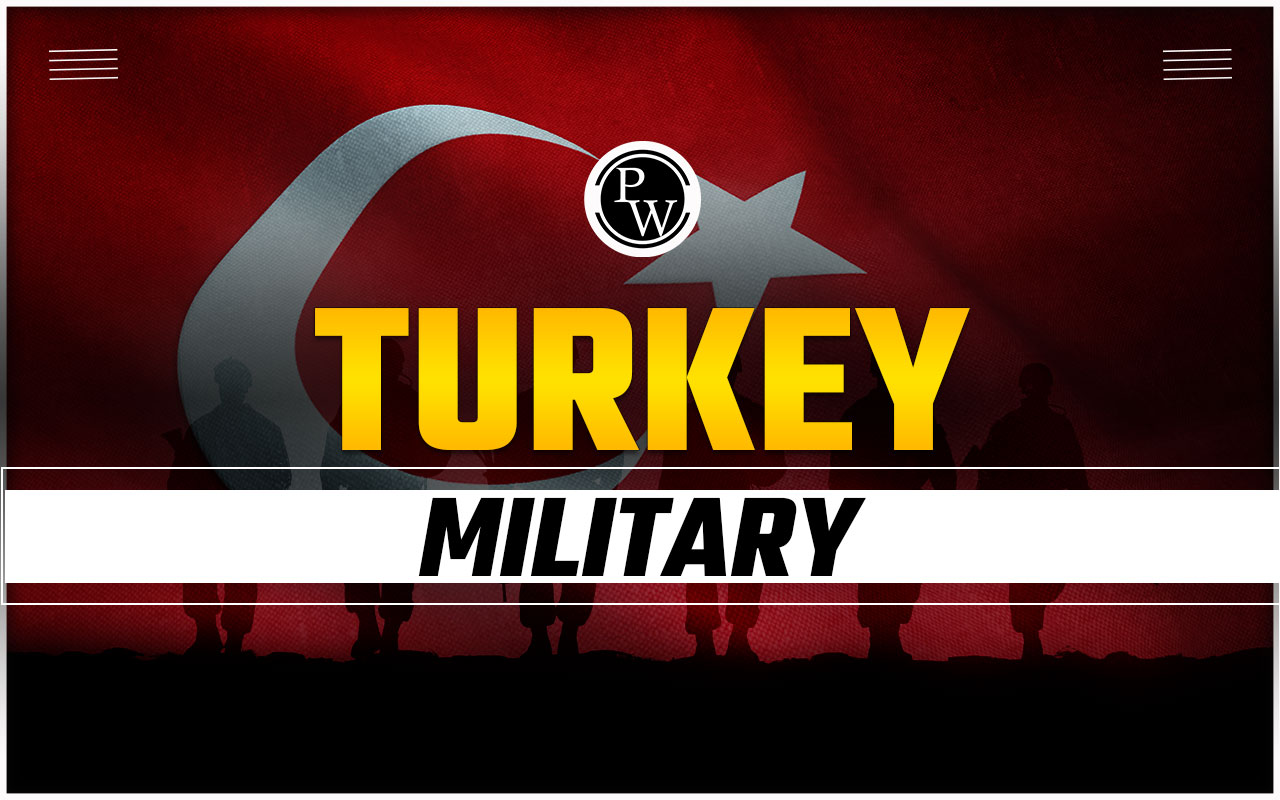
Global Rank and Power Index - Turkey ranks ninth globally with a Power Index score of 0.1902, highlighting its strong regional power and strategic position between Europe and Asia.
Defence Budget - Turkey’s defence budget for 2025 is approximately $20 billion, focused on enhancing its defence capabilities and modernizing its armed forces.
Total Military Personnel - Turkey has a total of 890,700 military personnel, including 355,200 active-duty members and 535,500 reserves, along with significant paramilitary forces.
Airpower Strength - The Turkish Air Force operates 1,050 aircraft, including 250 fighter jets, 100 transport aircraft, and over 150 helicopters, providing strong air coverage.
Land Forces - The Turkish military fields 3,000 tanks, 25,000 armoured vehicles, 2,000 self-propelled artillery, and 1,000 rocket projectors, making its ground forces formidable.
Naval Strength - The Turkish Navy operates 112 vessels, including 16 submarines, 4 frigates, and 8 corvettes, maintaining strong naval capabilities in the Mediterranean and beyond.
Strategic Capabilities - Turkey has a growing missile defence and nuclear deterrent program, with advanced systems for defence against ballistic missiles and air threats.
Technological Advancements - Turkey is investing heavily in indigenous defence technologies, including drones, advanced radar systems, and cyber defence to enhance its strategic military capabilities.
10. Italy – Military Strength Highlights 2025
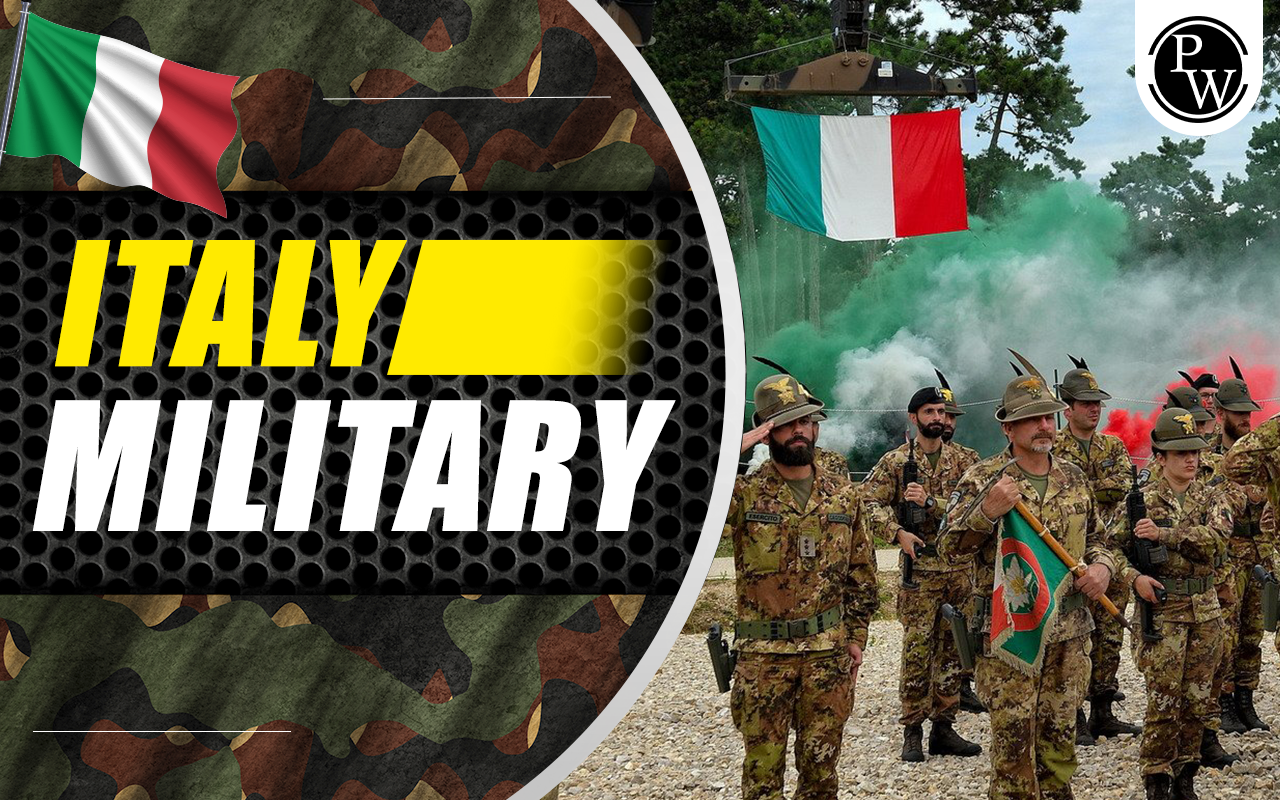
Global Rank and Power Index - Italy ranks tenth globally with a Power Index score of 0.2164, reflecting its well-equipped and modernized military forces in Europe.
Defence Budget - Italy’s defence budget for 2025 is approximately $30 billion, supporting ongoing efforts to modernise and strengthen its defence capabilities.
Total Military Personnel - Italy has around 359,550 military personnel, including 165,500 active-duty members and the remainder from reserves and paramilitary forces.
Airpower Strength - The Italian Air Force operates over 600 aircraft, including 200 fighter jets, 100 transport aircraft, and 200 helicopters, ensuring robust air operations and defence.
Land Forces - Italy’s Army fields approximately 500 tanks, 3,800 armoured vehicles, and 1,000 self-propelled artillery units, enabling effective ground operations and defence.
Naval Strength - The Italian Navy commands 180 vessels, including 2 aircraft carriers, 4 destroyers, and 8 submarines, contributing to its strong maritime defence capabilities.
Strategic Capabilities - Italy maintains advanced missile defence systems and plays a significant role in NATO’s collective defence initiatives, further strengthening its security posture.
Technological Advancements - Italy invests in next-generation defence technologies, including advanced drones, cyber defence capabilities, and autonomous systems, enhancing its military edge.
Global Military Rankings
Check world army ranking and military ranking in the world for 2025. Highlighting the world military ranking 2025 based on personnel, defence budgets, nuclear capabilities, technology, and strategic global influence.
| Global Military Rankings | |||||||
| Rank | Country | Power Index | Active Military Personnel | Total Military Personnel (Including Reserves & Paramilitary) | Defence Budget (USD) | Nuclear Capability | Key Strengths |
| 1 | United States | 0.0744 | 1,328,000 | 2,127,000 | $895 B | Yes | 13,043 aircraft, 8,000 tanks, 490 naval vessels, advanced AI, cyber, space command |
| 2 | Russia | 0.0788 | 1,320,000 | 2,035,000 | $126 B | Yes | 4,000 aircraft, 12,000 tanks, 280 naval vessels, hypersonic missiles |
| 3 | China | 0.0788 | 2,000,000 | 3,045,000 | $266.85 B | Yes | 3,060 aircraft, 5,250 tanks, 777 naval vessels, AI, cyber, space tech |
| 4 | India | 0.1184 | 1,455,550 | 5,137,000 | $75 B | Yes | 2,100 aircraft, 4,200 tanks, 295 naval assets, indigenous defence tech |
| 5 | South Korea | 0.1656 | 600,000 | 3,800,000 | $50 B | Limited | 1,560 aircraft, 2,400 tanks, 170 naval assets, missile defence tech |
| 6 | United Kingdom | 0.1785 | 144,400 | 215,050 | $71.5 B | Yes | 1,000+ aircraft, 250 tanks, 75 naval vessels, cyber & unmanned tech |
| 7 | France | 0.1878 | 270,000 | 474,750 | $63.7 B | Yes | 1,250 aircraft, 450 tanks, 180 naval vessels, AI and drone systems |
| 8 | Japan | 0.1839 | 247,000 | 317,600 | $57 B | No | 1,500 aircraft, 1,000 tanks, 155 naval vessels, high-tech robotics |
| 9 | Turkey | 0.1902 | 355,200 | 890,700 | $20 B | No | 1,050 aircraft, 3,000 tanks, 112 naval vessels, indigenous defence tech |
| 10 | Italy | 0.2164 | 165,500 | 359,550 | $30 B | Yes | 600+ aircraft, 500 tanks, 180 naval vessels, advanced drones & cyber defence |
Comparison of the Most Powerful Armies
When analyzing the strongest armies in the world, it becomes clear that the global military landscape is shaped not just by the number of soldiers, but by advanced technology, strategic reach, and defence budgets. The most powerful militaries in the world maintain superiority through a combination of highly trained personnel, modernized weapons systems, nuclear capabilities, and investment in emerging technologies such as cyber warfare, space defence, and AI-enabled operations.
The top military powers in the world, including the United States, Russia, China, India, and Turkey, showcase varying strengths in manpower, budget allocation, and technological advancements. Comparing these nations highlights how strategy, modernization, and global reach contribute to overall military effectiveness.
Key Comparison of Top Military Powers
| Comparison of the Most Powerful Armies | |||||
| Country | Active Military Personnel | Total Military Personnel (Including Reserves & Paramilitary) | Defence Budget (USD) | Technology Index | Nuclear Capability |
| United States | 1,328,000 | 2,127,000 | $895 B | 9.8/10 | Yes |
| Russia | 1,320,000 | 2,035,000 | $126 B | 8.5/10 | Yes |
| China | 2,000,000 | 3,045,000 | $266.85 B | 8.7/10 | Yes |
| India | 1,455,550 | 5,137,000 | $75 B | 7.8/10 | Yes |
| Turkey | 355,200 | 890,700 | $20 B | 7.0/10 | No |
Least Powerful Militaries in the World
Let us also go through a list of the 10 nations with the least powerful militaries in the world. While military strength varies widely across the globe, these countries find themselves at the lower end of the spectrum regarding their armed forces. Whether due to limited resources, geopolitical factors, or a commitment to maintaining smaller defence forces, these nations provide an intriguing glimpse into the diversity of military capabilities on our planet. Here are the 10 countries with the least powerful militaries in the world:
- Bhutan
- Benin
- Moldova
- Somalia
- Liberia
- Suriname
- Belize
- Central African Republic
- Iceland
- Sierra Leone
1. Bhutan:
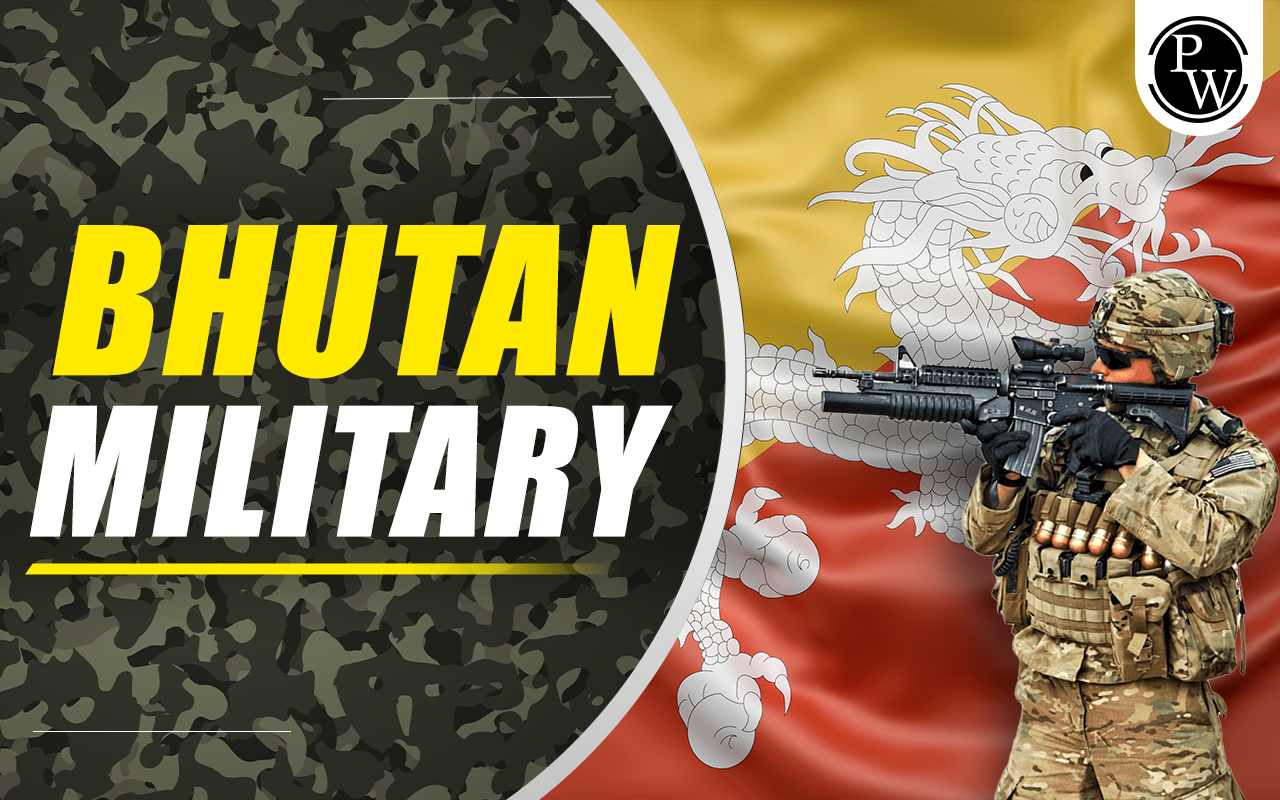 In the Himalayas, Bhutan is a small, landlocked nation with a limited defence force. The country follows a policy of neutrality, with a military that primarily focuses on domestic security and ceremonial duties. Its forces are limited, and Bhutan maintains friendly diplomatic relations with neighbouring countries.
In the Himalayas, Bhutan is a small, landlocked nation with a limited defence force. The country follows a policy of neutrality, with a military that primarily focuses on domestic security and ceremonial duties. Its forces are limited, and Bhutan maintains friendly diplomatic relations with neighbouring countries.
2. Benin:
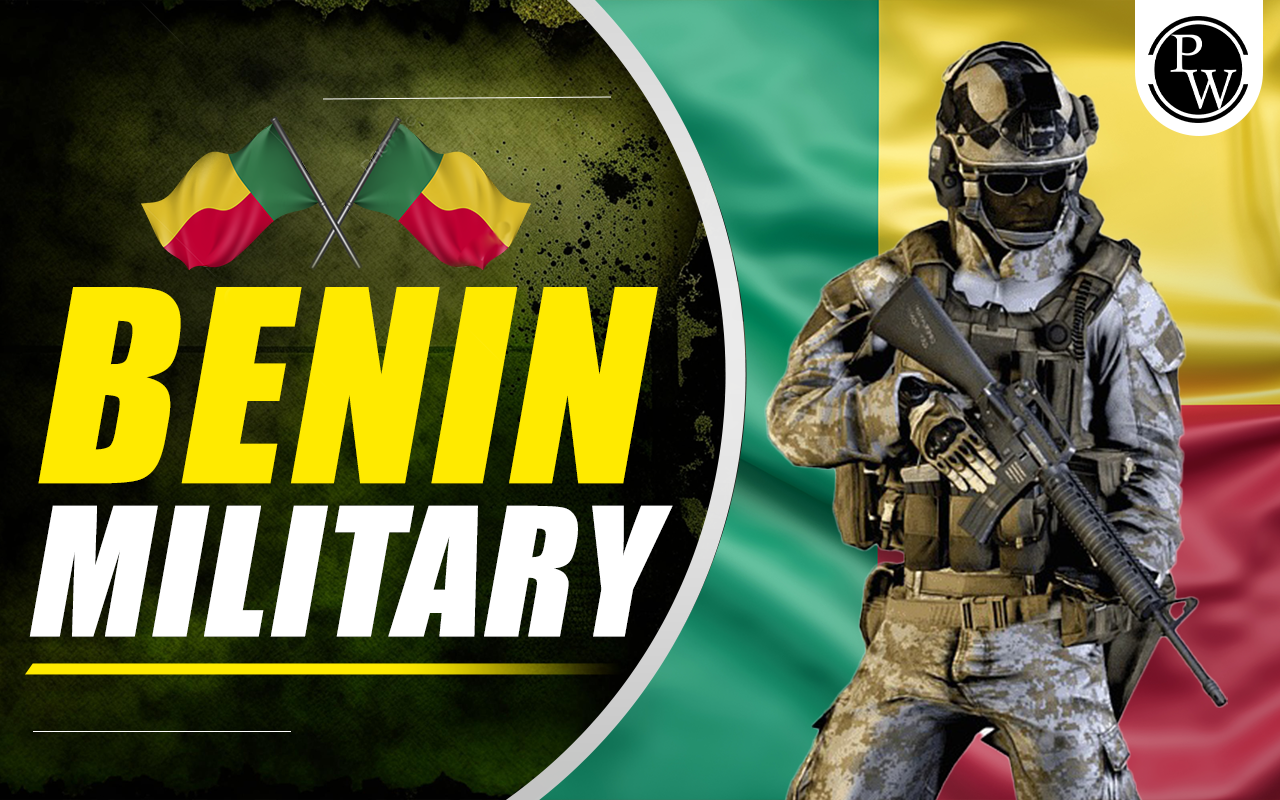 Benin possesses a small military aimed at protecting its borders and ensuring internal stability. The country often collaborates with other nations for defence and security. Its military infrastructure is modest, focusing more on domestic security measures than global influence.
Benin possesses a small military aimed at protecting its borders and ensuring internal stability. The country often collaborates with other nations for defence and security. Its military infrastructure is modest, focusing more on domestic security measures than global influence.
3. Moldova:
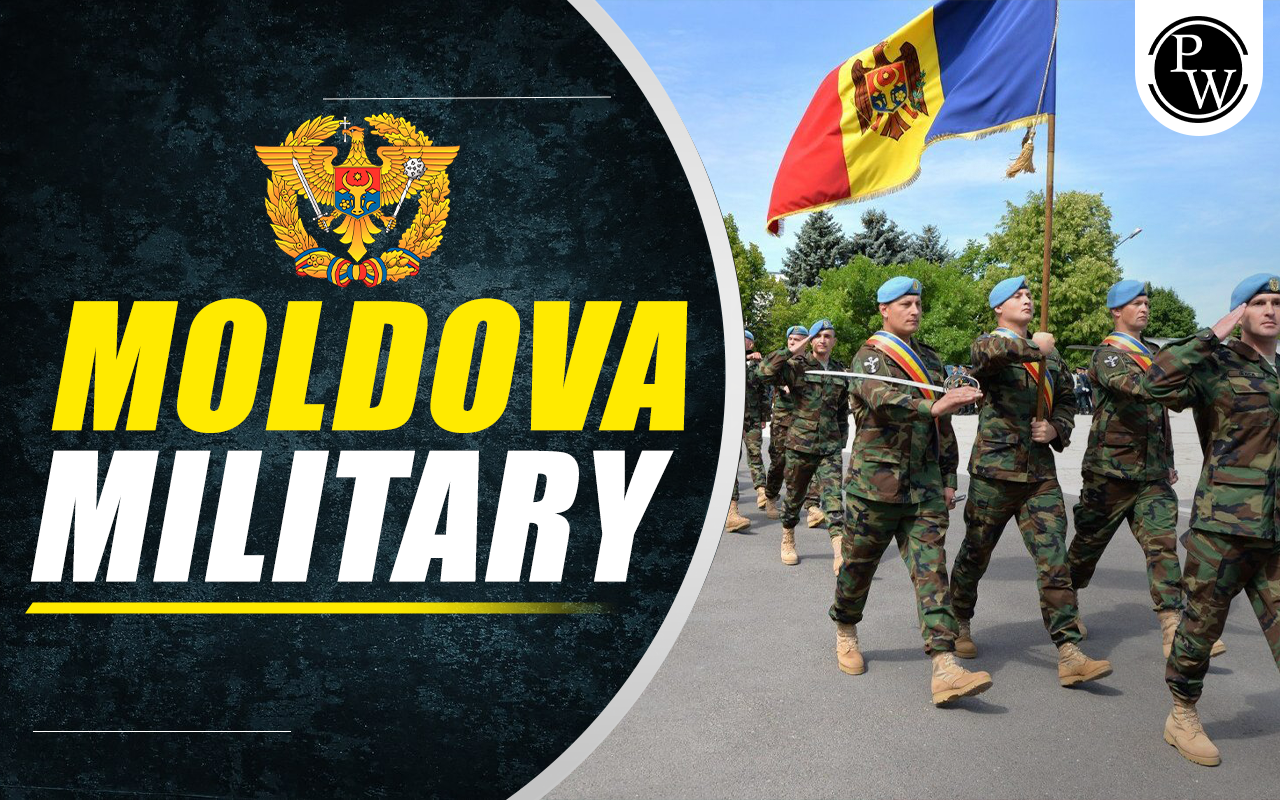 As a landlocked country, Moldova has a relatively small military known for maintaining internal security and contributing to peacekeeping missions. With limited resources allocated to defence, Moldova often relies on international support and collaborations for its security measures.
As a landlocked country, Moldova has a relatively small military known for maintaining internal security and contributing to peacekeeping missions. With limited resources allocated to defence, Moldova often relies on international support and collaborations for its security measures.
4. Somalia:
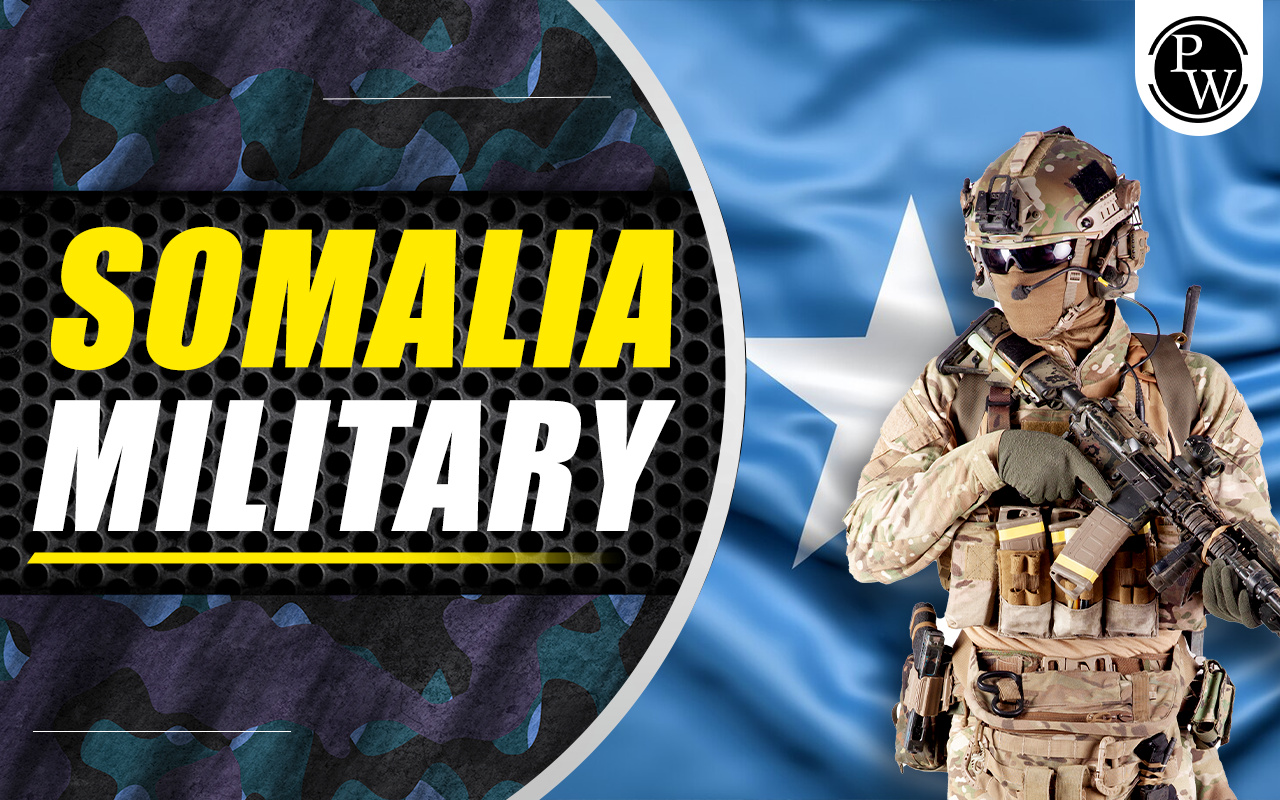 Somalia has faced persistent challenges with political instability and conflict. Due to ongoing internal conflicts and instability, the country's military strength is significantly limited. Multiple factions control different parts of the country, resulting in a fragmented security apparatus.
Somalia has faced persistent challenges with political instability and conflict. Due to ongoing internal conflicts and instability, the country's military strength is significantly limited. Multiple factions control different parts of the country, resulting in a fragmented security apparatus.
5. Liberia:
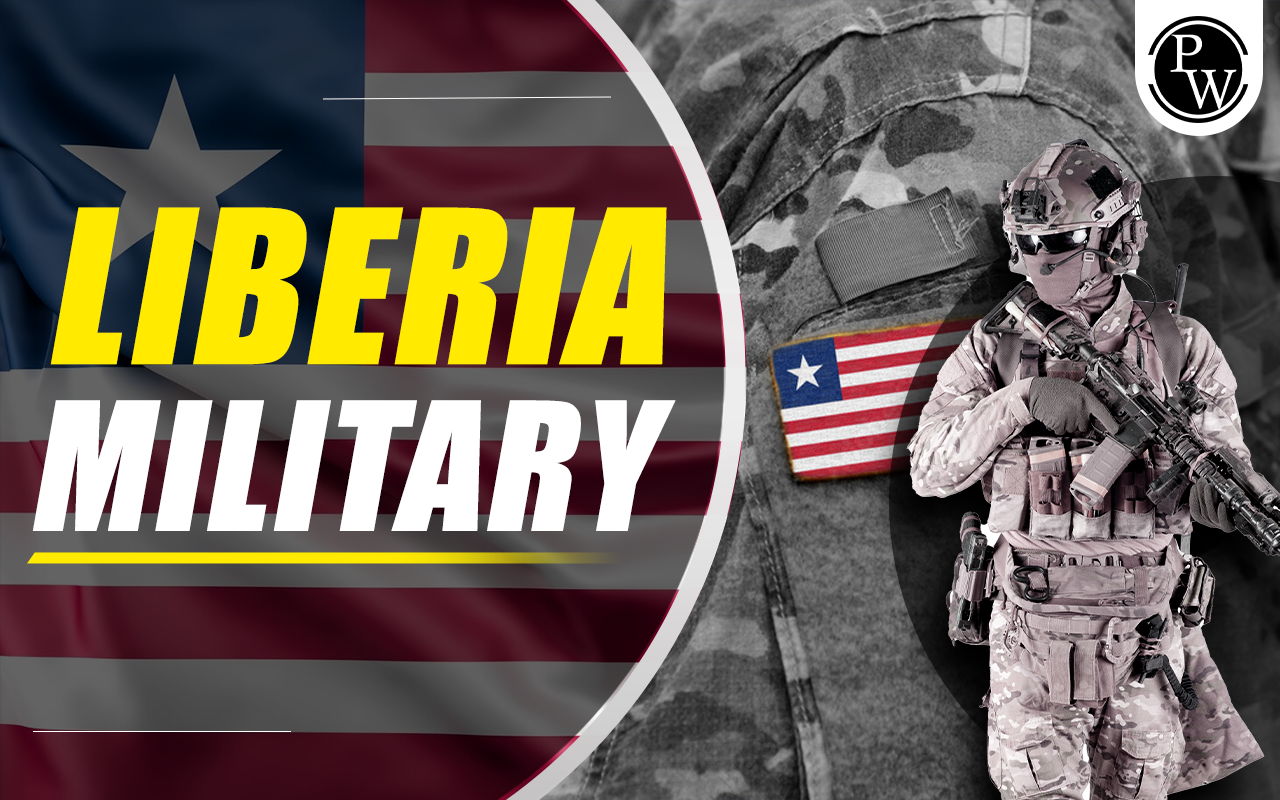 In recovering from past civil wars, Liberia has a small military focused on maintaining peace and stability. The country has made efforts to rebuild its defence forces and is gradually working on enhancing its military capacity.
In recovering from past civil wars, Liberia has a small military focused on maintaining peace and stability. The country has made efforts to rebuild its defence forces and is gradually working on enhancing its military capacity.
6. Suriname:
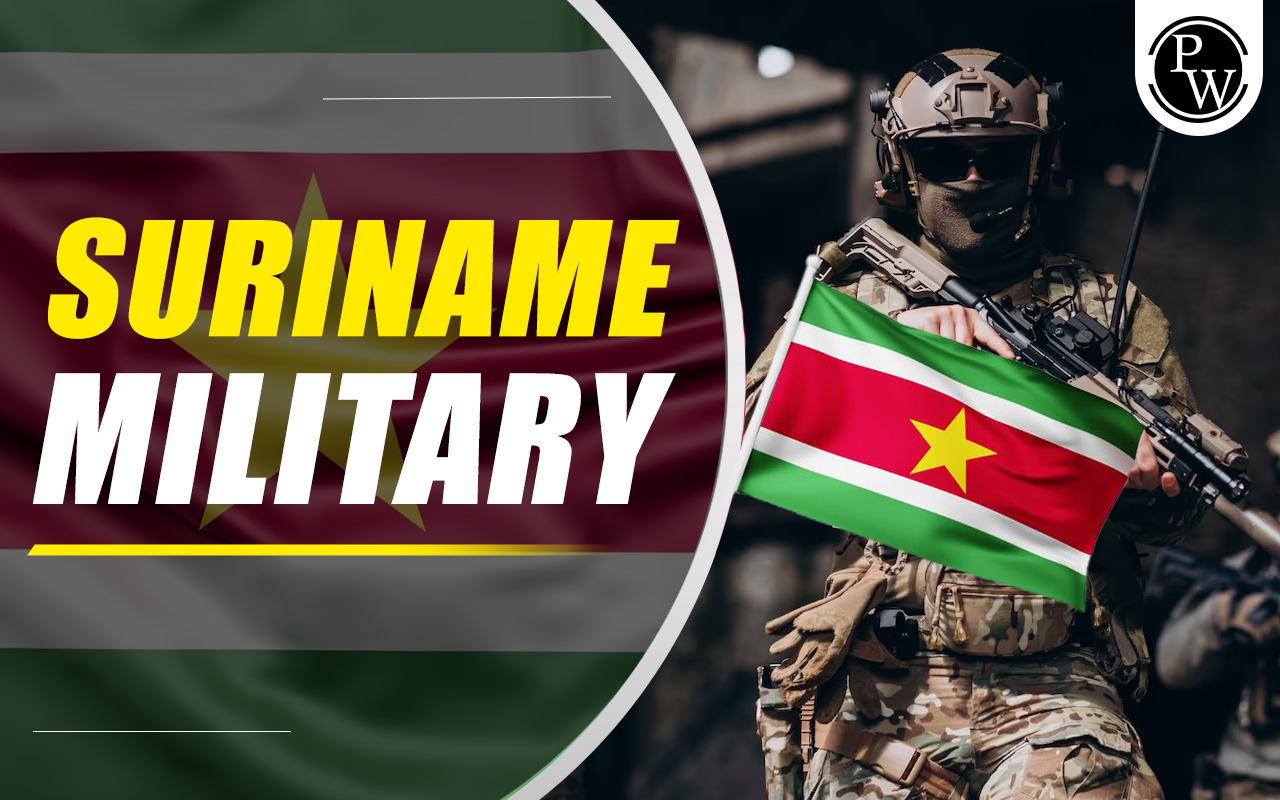 The Defence Forces of Suriname are relatively small and are geared towards maintaining domestic stability. The country emphasizes safeguarding its borders and supporting law enforcement.
The Defence Forces of Suriname are relatively small and are geared towards maintaining domestic stability. The country emphasizes safeguarding its borders and supporting law enforcement.
7. Belize:
 With a limited military, Belize concentrates on territorial defence and internal security. Its defence structure mainly focuses on national security against external threats and border control.
With a limited military, Belize concentrates on territorial defence and internal security. Its defence structure mainly focuses on national security against external threats and border control.
8. Central African Republic:
 The Central African Republic has experienced ongoing political instability and armed conflict. The nation's military faces significant challenges in maintaining security, partly due to internal strife and civil unrest.
The Central African Republic has experienced ongoing political instability and armed conflict. The nation's military faces significant challenges in maintaining security, partly due to internal strife and civil unrest.
9. Iceland:
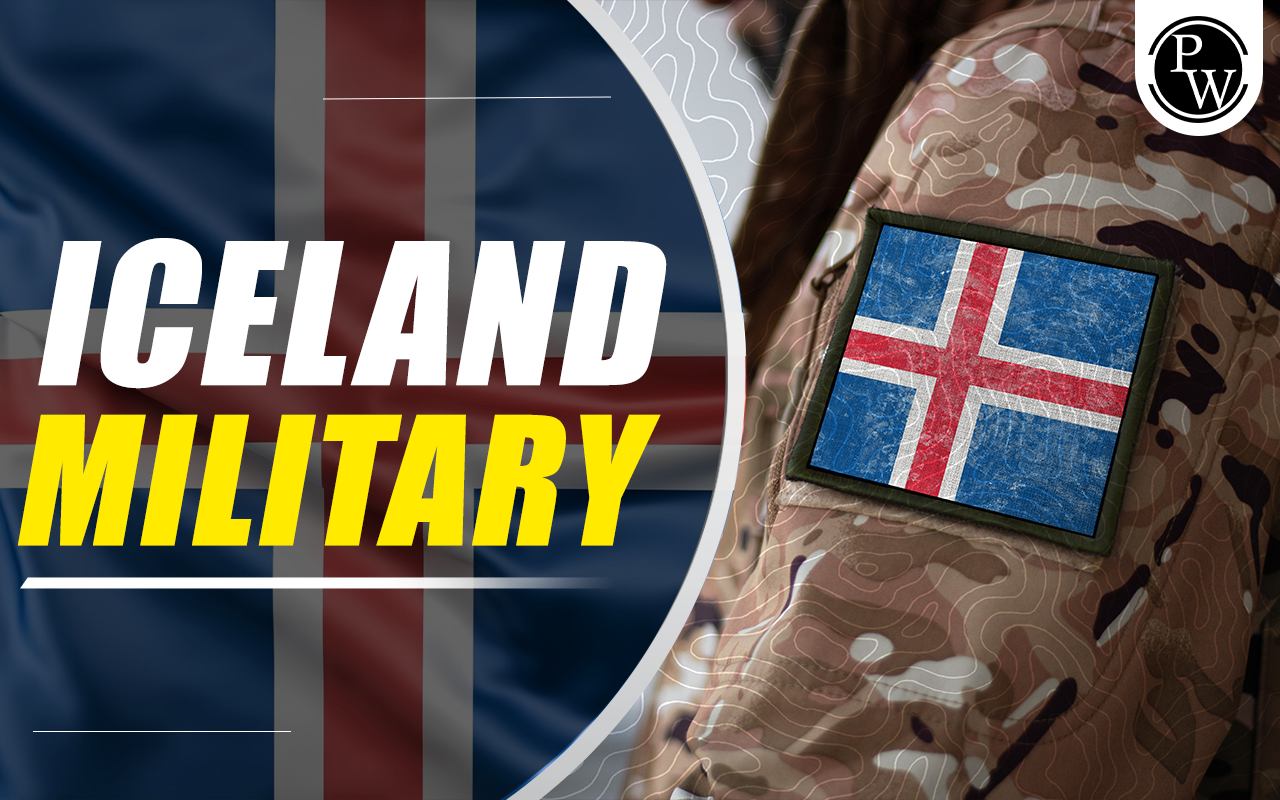 Iceland's defence largely relies on cooperative arrangements with other nations, given its strategic geographical position and small population. It doesn't maintain a standing army and focuses on international alliances for its security.
Iceland's defence largely relies on cooperative arrangements with other nations, given its strategic geographical position and small population. It doesn't maintain a standing army and focuses on international alliances for its security.
10. Sierra Leone:
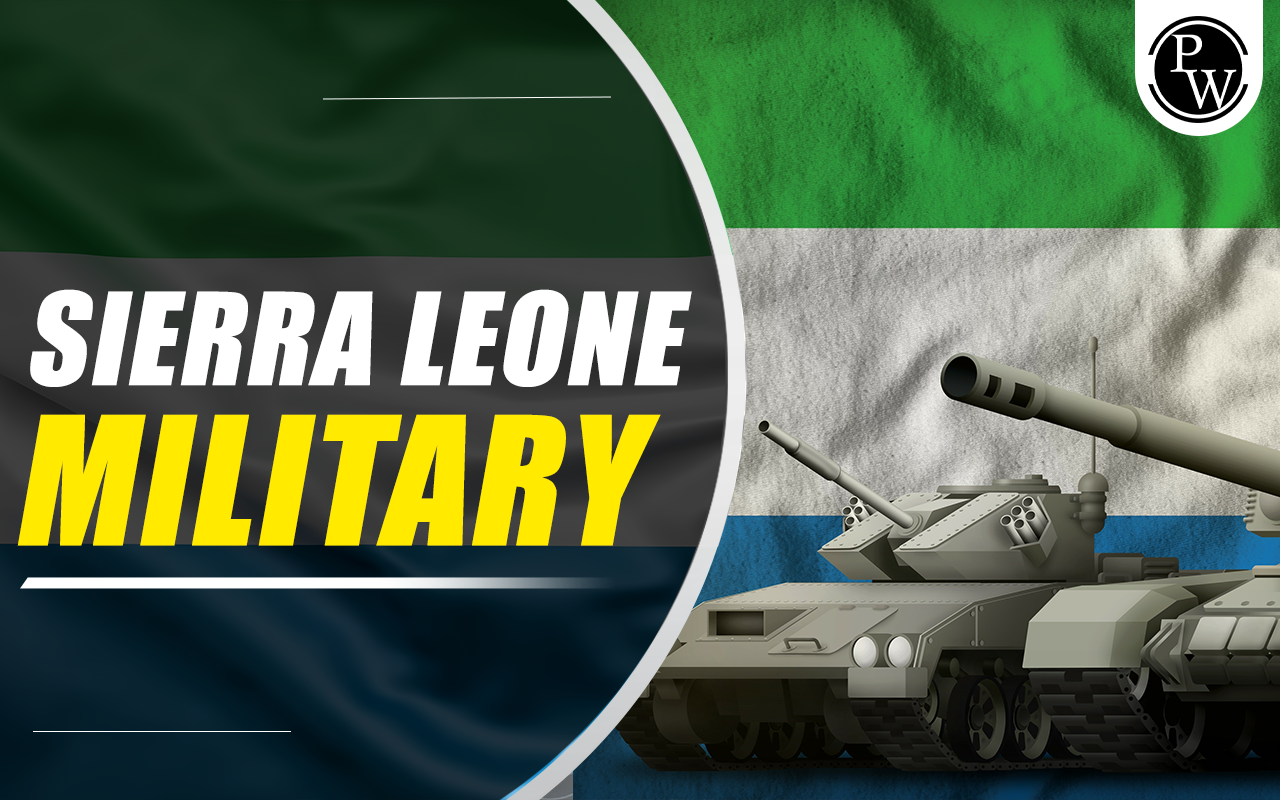 The military of Sierra Leone is in the process of restructuring after a history of civil wars. The armed forces are relatively small, focusing on internal stability and collaboration with international peacekeeping efforts for security.
The military of Sierra Leone is in the process of restructuring after a history of civil wars. The armed forces are relatively small, focusing on internal stability and collaboration with international peacekeeping efforts for security.
Top 10 powerful countries in the world defence
As of 2025, the United States, Russia, China, India, South Korea, the United Kingdom, France, Japan, Turkey, and Italy are among the top 10 countries in the world in terms of military power. These rankings are based on things like overall capabilities, military spending, personnel, and equipment. The most powerful nations in the world, especially when it comes to defense, are often evaluated using a range of criteria, such as military budget, manpower, technical developments, and strategic partnerships. Russia, China, and the United States are always at the top, however the exact order might change. Other countries with strong military might and worldwide power include Japan, France, India, and the United Kingdom.
Top 10 powerful countries in the world in 2025
China is the second most powerful nation in 2025, behind the United States. Germany, the United Kingdom, and Russia are all highly ranked. Japan, France, and South Korea are powerful nations. Israel's technological superiority and Saudi Arabia's oil influence both contribute to their international standing.
Top 10 Strongest Militaries in the World 2025 FAQs
Who has the strongest military in the world?
Which country has the most powerful army?
Which is the strongest army in the world?
Who has the best military in the world?
What are the top 10 armies in the world?
Which country has the largest militaries in the world?
Which country has the most dangerous army in the world?
Top military powers in the world?



